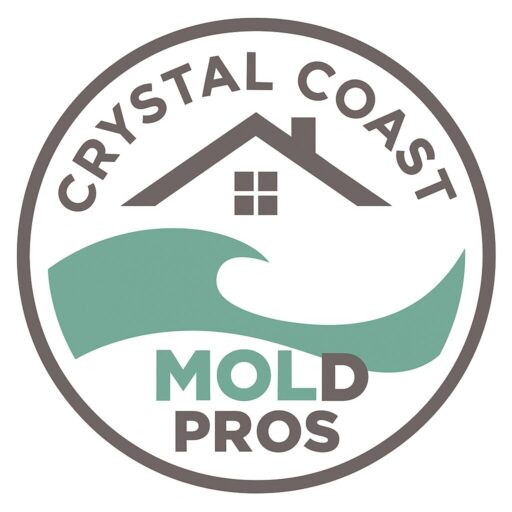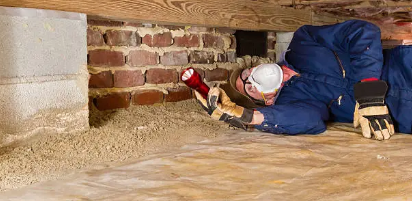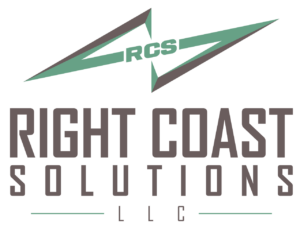Introduction to Crawl Space Mold
As a homeowner, protecting your property’s structural integrity and your family’s health is a top priority. One of the most overlooked yet hazardous threats to both is crawl space mold. Mold in crawl spaces is not just a cosmetic issue — it can lead to serious health complications, reduce your home’s air quality, and even impact its resale value. Unfortunately, because crawl spaces are hidden from plain sight, mold can grow and spread for months or even years before being detected. Recognizing the early warning signs of crawl space mold can save you from costly repairs and long-term health effects.
In this article, we’ll uncover the five most critical signs of crawl space mold every homeowner should be aware of. These signs are not always obvious, but knowing what to look for can help you act quickly and effectively. From subtle respiratory symptoms to visible signs of mold and rot, let’s explore how you can protect your home and loved ones.
How Crawl Space Mold Affects Indoor Air Quality in Your Home
Crawl space mold has a direct impact on the air you breathe inside your home. Many homeowners assume that mold confined to a crawl space remains isolated, but the reality is quite different. Air from the crawl space naturally rises and circulates into the living areas through a phenomenon known as the stack effect. When crawl space mold is present, microscopic mold spores are pulled upward into your home’s breathing air, creating a hidden but very real health hazard.
These airborne spores can cause a wide range of issues, especially in individuals with allergies, asthma, or other respiratory conditions. Poor indoor air quality caused by crawl space mold is often associated with persistent coughing, sneezing, watery eyes, and chronic fatigue. Children and elderly individuals are especially vulnerable.
In addition to health concerns, contaminated indoor air can cause your HVAC system to work harder, potentially spreading the spores even further and increasing energy costs. Mold spores can also settle into carpets, upholstery, and other soft surfaces, making them harder to eliminate completely without professional intervention.
Homeowners should take immediate notice of any persistent musty or earthy odors, which are often a direct indication of crawl space mold. Even if the smell seems faint, it’s a clear sign that mold could be growing where you can’t see it.
A professional crawl space inspection, particularly one that includes air quality testing, can confirm the presence of mold and help you determine the best course of action. Addressing crawl space mold early ensures a healthier living environment and helps prevent future outbreaks.
Respiratory Illnesses as a Sign of Crawl Space Mold Contamination
Have you or a family member experienced unexplained respiratory symptoms that seem to worsen at home? Frequent coughing, wheezing, shortness of breath, and recurring sinus infections could be linked to crawl space mold contamination.
Crawl space mold produces allergens, irritants, and in some cases, mycotoxins that can trigger or exacerbate respiratory issues. While these symptoms are commonly mistaken for seasonal allergies or common colds, their persistence may indicate a more serious underlying problem. For individuals with pre-existing respiratory conditions like asthma or chronic bronchitis, crawl space mold can significantly worsen their health and quality of life.
Medical professionals often advise testing the home environment when respiratory illnesses are persistent and unexplained. Crawl spaces, with their dark, damp, and poorly ventilated conditions, are ideal breeding grounds for mold. Mold spores released into the air can travel throughout your home, causing continuous exposure that leads to long-term health implications.
If respiratory symptoms improve when you’re away from home or worsen during humid seasons, this could be another clue pointing to crawl space mold. Environmental triggers such as this should never be ignored.
When health is involved, time is of the essence. Don’t wait until symptoms become severe. A mold inspection conducted by a certified professional can determine whether crawl space mold is the culprit and provide a clear plan for remediation and prevention.
Visible Mold Spots: Identifying Crawl Space Mold on Surfaces
One of the more obvious signs of crawl space mold is visible growth on surfaces such as wood, insulation, concrete, or vapor barriers. These mold patches can appear in various colors — black, green, white, or even orange — depending on the species and the materials they colonize.
Homeowners who venture into their crawl space may spot what looks like dirt or discoloration on beams, joists, or flooring supports. However, if this material has a fuzzy or powdery texture and an irregular pattern, it’s likely mold. It’s important to note that even small patches can signal a much larger problem hidden behind walls or under insulation.
Visual signs of crawl space mold should always be investigated by a professional. Attempting to clean or remove mold without proper protection and containment can result in the release of spores into the air, worsening the problem and posing health risks.
Visible mold is often accompanied by other indicators, such as water stains, peeling paint, or warped materials. These clues suggest that the moisture levels in the crawl space are high enough to sustain ongoing mold growth.
Keep in mind that mold in crawl spaces doesn’t just stay where it’s seen. If left unaddressed, it can spread to floorboards and even the interior walls of your home. Early detection and expert remediation are key to preventing extensive damage.
The Role of Humidity and Poor Ventilation in Crawl Space Mold Development
Humidity and ventilation are two of the most influential factors in crawl space mold development. Mold thrives in moist, stagnant air, making crawl spaces a perfect environment when ventilation is inadequate and humidity is uncontrolled.
Excess moisture often enters crawl spaces through poor drainage, leaks, or ground saturation. When warm outside air enters a cool crawl space, condensation can form on surfaces, fueling mold growth. Without proper airflow to dry out the space, this cycle continues, making it nearly impossible for the area to stay dry.
Homeowners should regularly monitor the relative humidity levels in their crawl space. Anything above 60% can promote mold growth. Installing a hygrometer can help you keep an eye on these conditions. Additionally, improperly vented crawl spaces — or those sealed without dehumidification systems — can become mold havens very quickly.
Ensuring adequate airflow through vents or, in many cases, opting for crawl space encapsulation with a dehumidifier can dramatically reduce the risk of mold. Encapsulation involves sealing the space with a vapor barrier, closing vents, and maintaining a controlled environment — a proven solution to long-term crawl space mold prevention.
Understanding how humidity and airflow contribute to crawl space mold is essential for every homeowner. It’s not just about removing the mold — it’s about removing the conditions that allow it to grow in the first place.
Moldy Insulation and Wood Rot as Indicators of Crawl Space Mold Presence
Deteriorating insulation and rotting wood are red flags that crawl space mold may be present. Over time, high humidity and mold growth cause insulation materials to become damp, sagging, and less effective. Mold can grow directly on fiberglass insulation and release spores throughout the crawl space and into your home.
Similarly, mold feeds on cellulose-rich materials like wood, which can lead to wood rot. This weakens the structural components of your home, including floor joists, beams, and subflooring. As wood rot progresses, floors may feel soft or uneven, and you might even notice creaking sounds when walking above the affected area.
These physical changes often go unnoticed until the damage is extensive. Regular inspections — especially if you live in a humid climate or have experienced past water intrusion — can help catch these issues early.
Any signs of moldy insulation or wood decay require immediate attention. Replacing insulation without removing the underlying mold will only result in the problem recurring. Likewise, untreated wood rot can compromise your home’s structural safety.
A qualified mold remediation professional will not only remove crawl space mold but also repair and restore damaged materials, ensuring your home remains both safe and energy-efficient.
Conclusion
Crawl space mold is more than just an unsightly nuisance — it’s a serious issue that can affect your home’s air quality, structural integrity, and your family’s health. By knowing the five critical warning signs — poor indoor air quality, unexplained respiratory symptoms, visible mold growth, excessive humidity and poor ventilation, and signs of insulation and wood damage — homeowners can stay one step ahead of this hidden threat.
Ignoring crawl space mold won’t make it disappear. In fact, delay only leads to higher costs, greater risks, and more extensive repairs. Whether you’re noticing subtle signs or obvious damage, taking action today can make all the difference tomorrow.
Call Paul with Crystal Coast Mold Pro at 252-342-5363 today — your clean, safe, mold-free space starts with one call! Don’t wait — protect your home and health now!
Related Articles:
Mold Removal 101: The Ultimate Checklist for Concerned Homeowners


